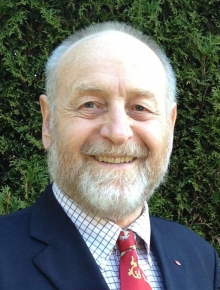Gary Mauser
– Professor Emeritus, Simon Fraser University
Gary Mauser, Senior Fellow at the Fraser Institute, is Professor Emeritus at the Beedie School of Business at Simon Fraser University. He received his B.A. from the University of California, Berkeley, and his Ph.D. from the University of California, Irvine. He has taught at a number of schools including the Université des sciences sociales (France), l’Institut d’études commerciales, l’Institut d’études politiques, and Université Laval (Quebec City). He taught marketing research at Simon Fraser University from 1975 to his retirement in 2007. He has published extensively in academic journals, including, the Harvard Journal of Law & Public Policy, Journal of Criminal Justice, Journal of Consumer Research, Canadian Journal of Criminology, Government and Policy, Public Opinion Quarterly, and Applied Economics. He has been an expert witness on firearms and criminal justice issues in the Senate of Canada, the Canadian Parliament, the New Zealand Parliament, the Supreme Court of Canada, and the Ontario Superior Court. He is accredited as an expert in small arms control with the United Nations International Small Arms Control Standards (ISACS).

